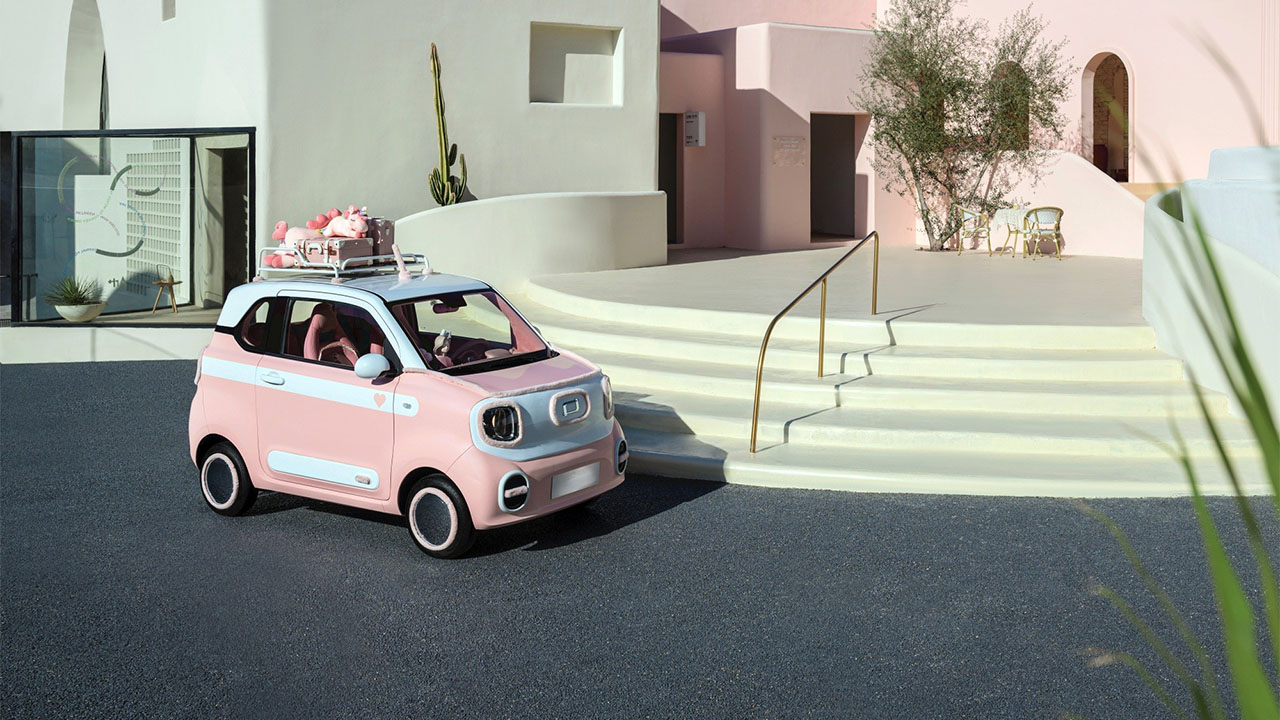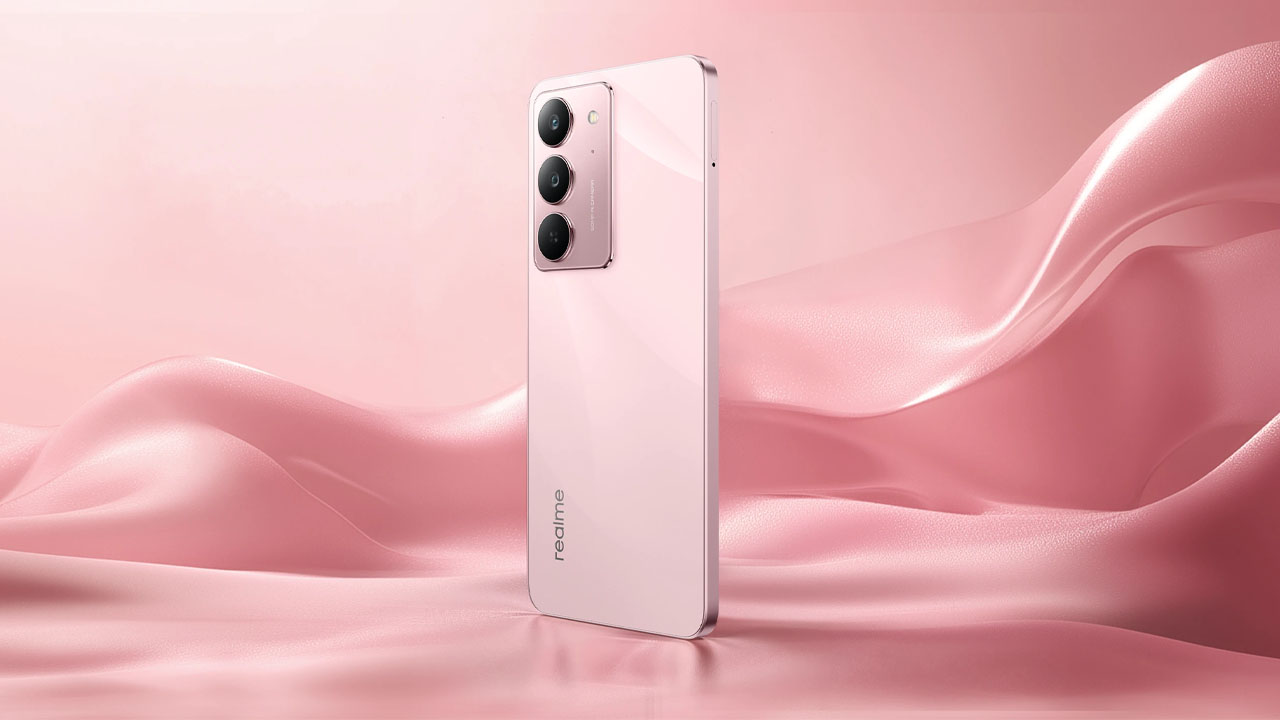
Positioned as a “lifestyle pickup truck”, the Shark 6 is out to break the usual stereotypes associated with pickup trucks.
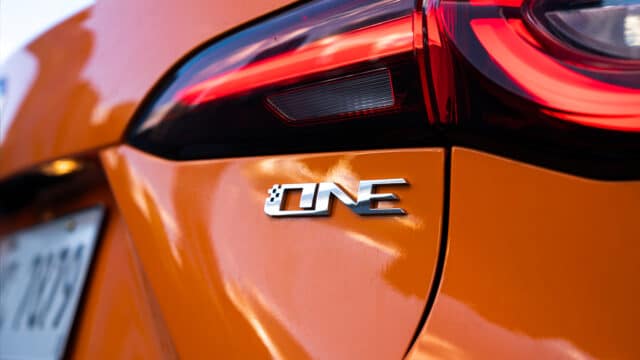
The 2024 MG One brings a tech-forward experience to the compact SUV segment

Given its target market, power users, gamers, and tech enthusiasts, the iQOO 13 strikes a great balance.
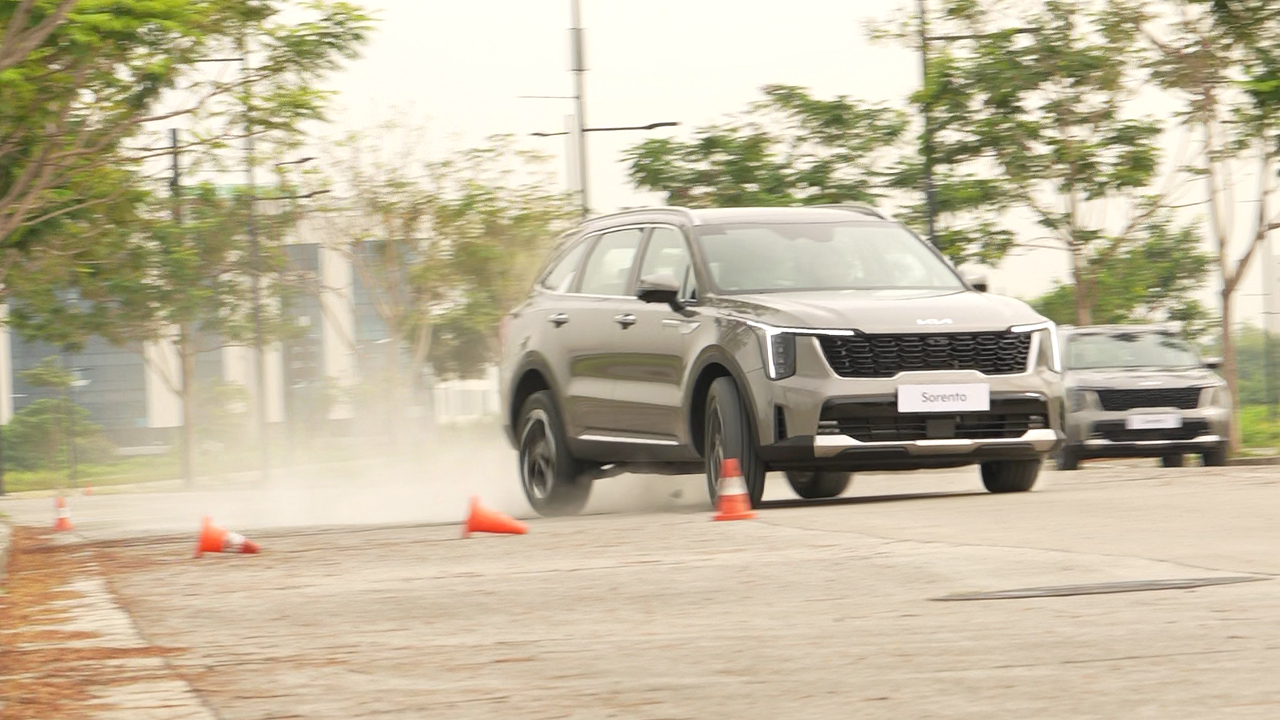
For this year’s lineup, all of the Sorento’s variants will be electrified with three models to choose from.

A new instax Wide 400 camera has finally been announced

LG Electronics USA today announced pricing and immediate availability of its LG OLED B4 4K TV lineup.

SwitchLens is an attachable micro-four-thirds camera that will use your smartphone as its display.

Totally Spies! is totally getting a live-action adaptation with Will Ferrell as executive producer.

Show off your Straw Hat Pirate pride with the latest collaboration from TTRacing!

The Ultrahuman Rare blends the advanced tech of a smart ring with the luxurious allure of fine jewelry

The Kamvas 13 Gen 3 significantly reduces parallax and offset so there's little to no gap between the pen tip...
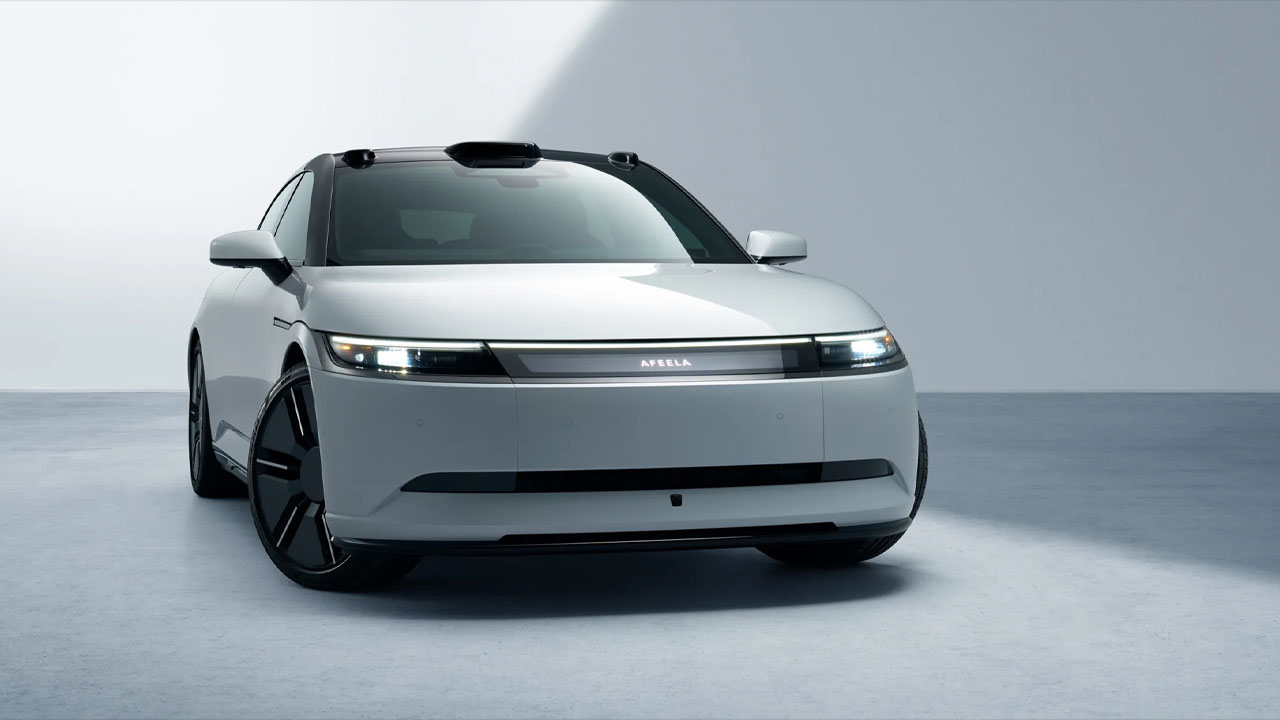
Deliveries for the AFEELA Signature trim are expected to commence in mid-2026, with the Origin trim following in 2027
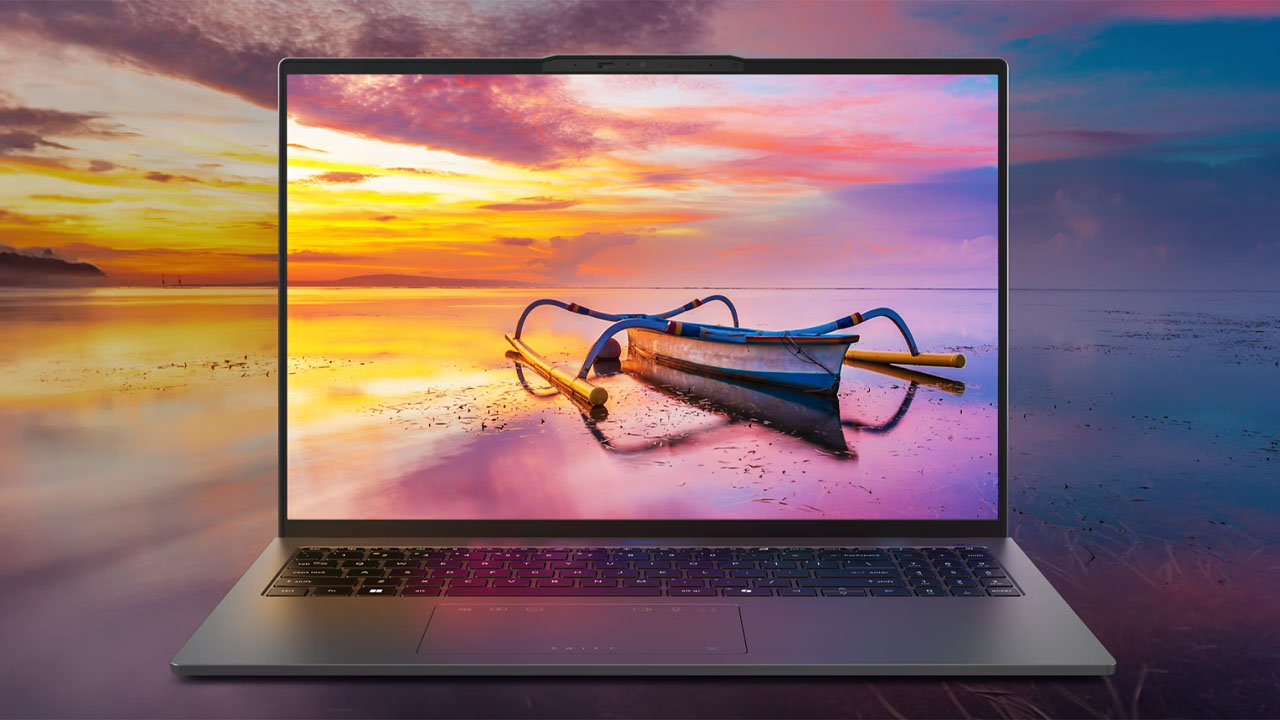
Acer has unveiled a fresh lineup of devices at CES 2025, including the Swift Go 14 and 16, as well...
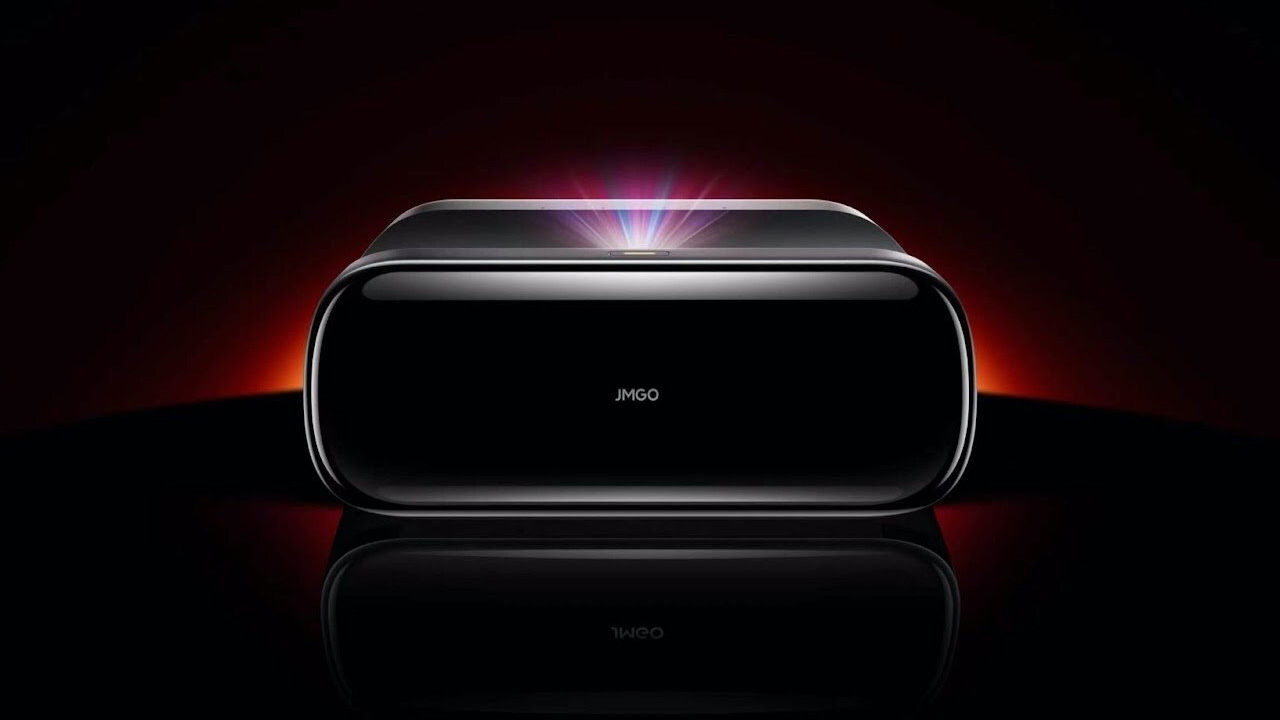
JMGO plans to officially launch the O2S Ultra in Q4 2025

Here's everything ASUS ROG announced at CES 2025
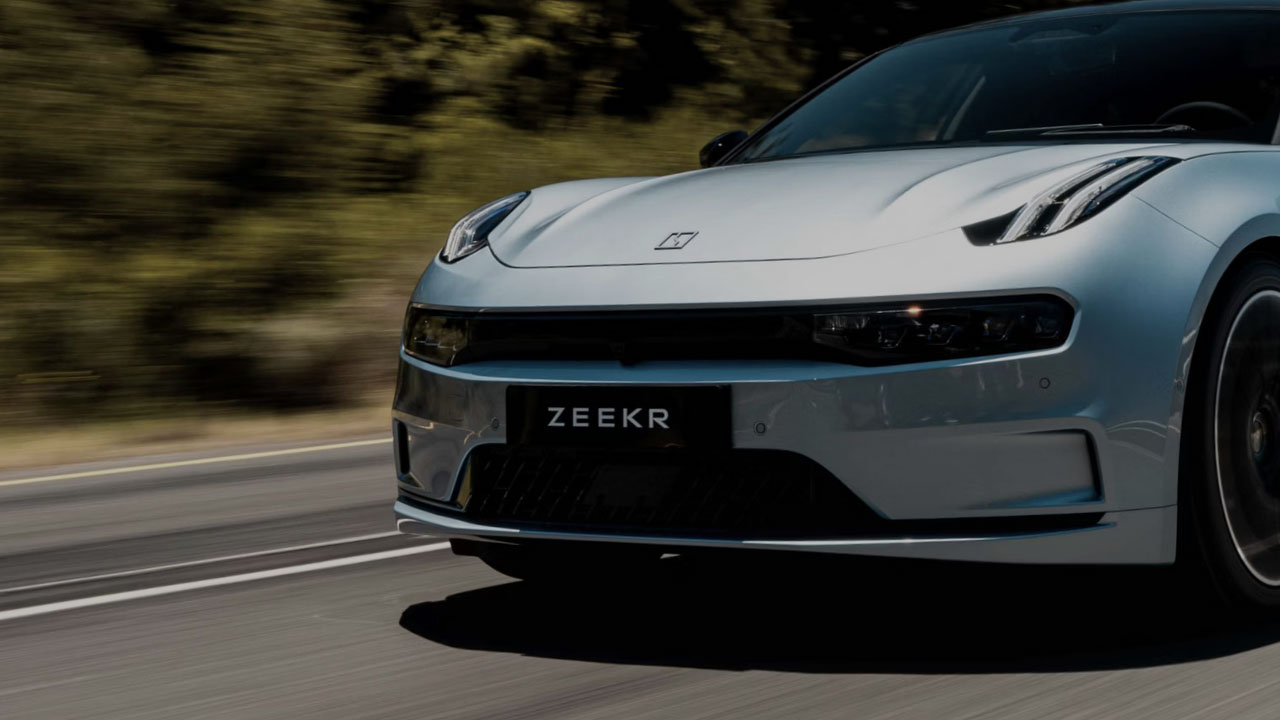
Zeekr and Qualcomm are set to design a smarter, more intuitive cockpit that will benefit both driver and passengers.
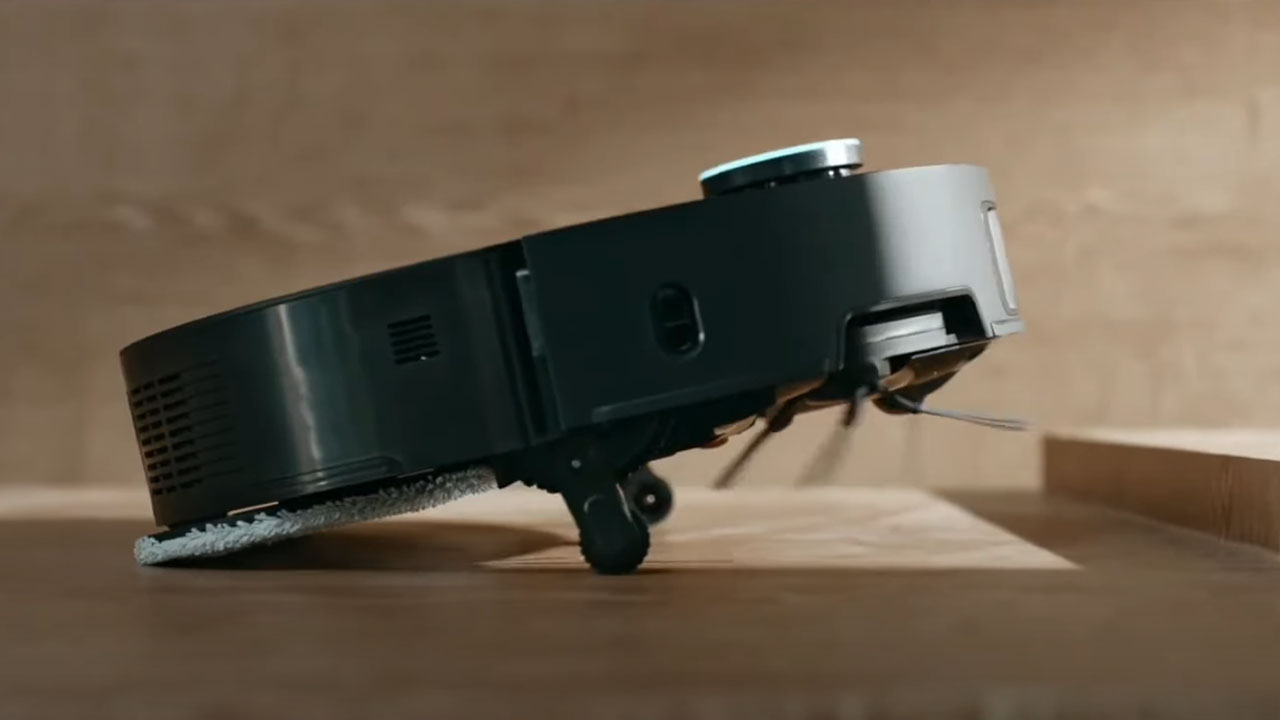
Dreame's CES lineup includes the X50 Ultra stair-climbing robot vacuum, smart pool cleaner, and more

On January 6, 2024, the company broke a Guinness World Record for “The Most People Performing a Mobile Phone Drop...
